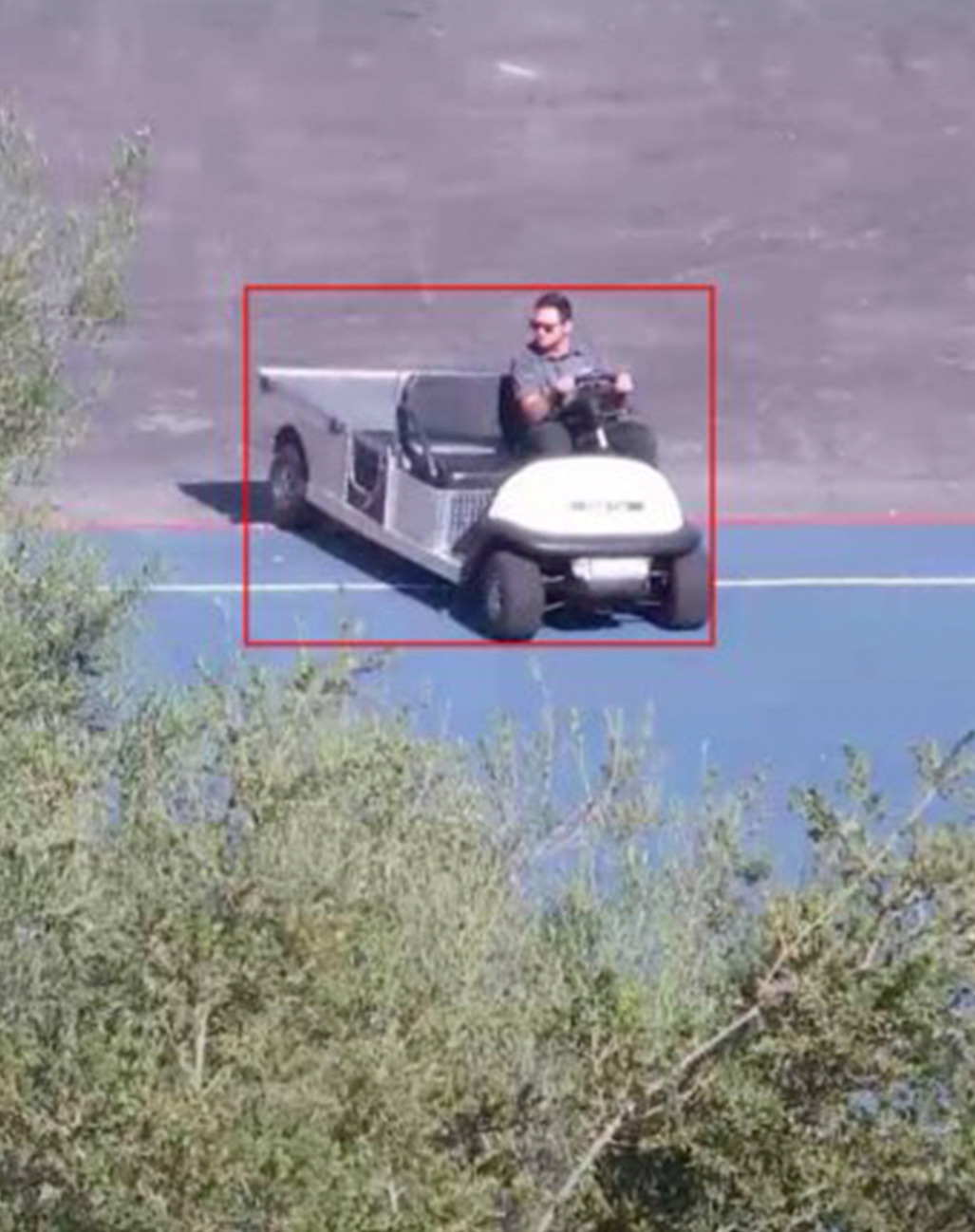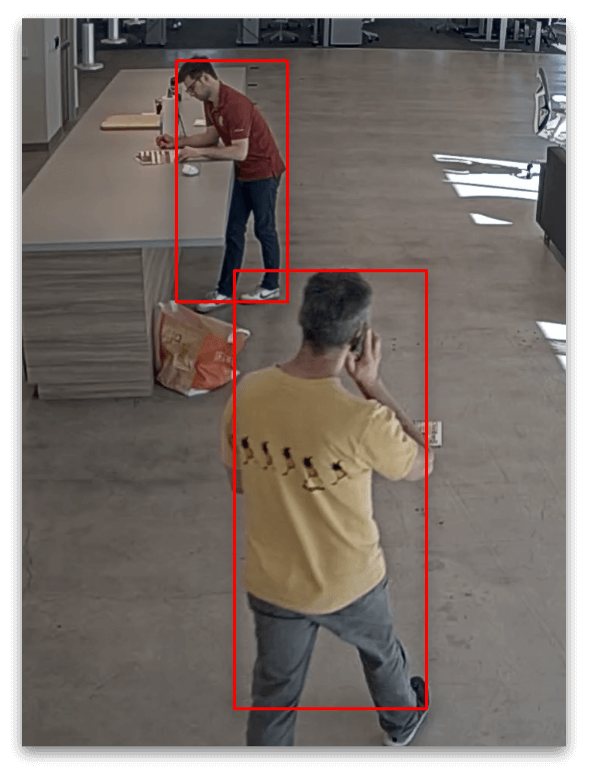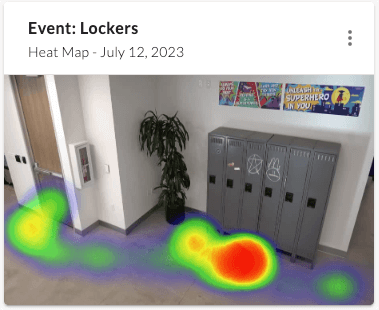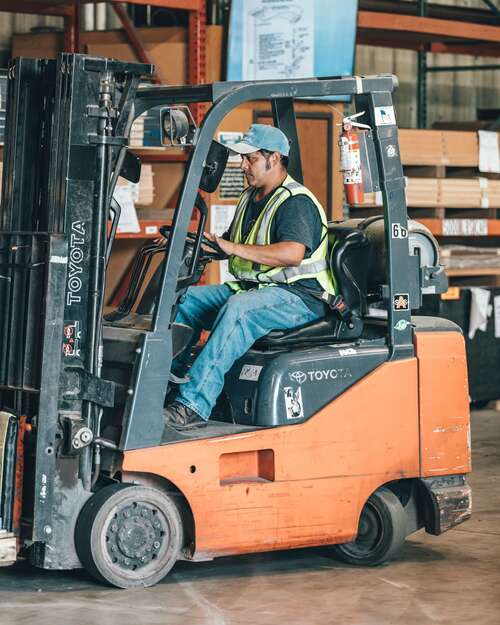The transformative effects of data and analytics have been felt throughout virtually every industry, from finance to advertising to sports and everything in between. In fact, analysts have termed our current era the “age of analytics,” and it’s hard to view that claim as an understatement. When it comes to getting the most out of your video security solution, the importance of video analytics cannot be overstated. Security professionals are sitting on an enormous amount of valuable information that can go unnoticed simply because they aren’t using the right tools to find it. By using advanced technology to augment human intelligence, the end result is improved decision-making, empowered security personnel, and more proactive security programs.
what is video analytics?

Simply put, video analytics can be defined as software that provides in-depth descriptions of the details of a particular video, which is also sometimes referred to as metadata. This data can cover a wide range of objects, including people, automobiles, cargo, and much more, and can also apply to a given object or person’s appearance and movements.
In the case of video surveillance, video analytics enable the user to easily search through vast amounts of recorded video content in mere seconds. This process saves valuable time while making it easy to quickly gather evidence, build and export cases, and receive real-time feedback.

different types of
video analytics

Intelligent video analytics can take a variety of forms in a security application, all of which contribute to the overall safety of the business. Common video analytics applications include:

license plate recognition (alpr)
Commonly used in law enforcement, Automated License Plate Recognition (ALPR) systems automatically capture an image of a vehicle’s license plate. Once the image has been captured, ALPR systems translate the plate into alphanumeric characters using optical character recognition, which can then be compared to multiple databases of vehicles to find a match. This process produces solid, actionable data that can immediately be used to identify and track vehicles that may have been involved in an incident.

left and removed item detection
As the name indicates, left and removed item detection automatically detects when an object has left, or been removed, from a location. Particularly valuable in a retail setting, this feature enables users to quickly track objects and can even be set up to trigger an alarm when an item that should stay in place has been tampered with.

motion and object tracking
Motion tracking technology allows cameras to detect and track motion at a given location. In a security application, motion detection and tracking offer a quick and reliable method to monitor moving targets, including those of potential intruders or other bad actors. Similarly, object tracking enables users to focus on a specific object in a video and track it from frame to frame. Motion and object tracking are critical to gathering evidence as well as offering valuable business insights related to the flow of foot traffic or merchandise placement.

outdoor people and vehicle tracking
For large operations with multiple outdoor locations, the ability to automatically track and monitor both people and vehicles is critical. Outdoor people and vehicle tracking enables important applications such as perimeter intrusion detection, parking lot monitoring, public safety, wrong-way detection, and more.

person counting
Person counting analytics automatically counts humans in any given video frame, providing invaluable data for retailers to optimize sales while enabling businesses to monitor and ensure staffing and employee movement.
benefits of video
analytics

By capturing and analyzing valuable data that would otherwise go unnoticed, video analytics offers a number of benefits to businesses across multiple industries.

preventing theft, loss, and vandalism
Retail stores lose around $100 billion annually due to theft alone, not to mention the extra costs incurred by misplaced or lost items due to process or control failures. By utilizing video analytics software, retailers can dramatically reduce the effects of shoplifting. But it’s not just retailers who need to worry about theft, loss, and vandalism — intelligent video analysis will help any business guard against these common threats.

increasing the efficiency of your surveillance system
Video surveillance is hardly a new invention, but advancements in artificial intelligence and deep learning leveled up the efficiency of IP cameras and video surveillance software in a way never seen before. Businesses can utilize voluminous streams of data to make decisions more quickly with greater information, leading to a much more efficient approach.

reducing your overall security costs
At the end of the day, every business is interested in getting maximum value for their investment, and the advantages of intelligent video analytics enable users to reduce overall costs while improving safety and security across the board. Video analytics helps users quickly identify the cause and details of incidents and greatly improves the ability to prevent future cases, saving valuable time and money along the way.

improving the accessibility of information
All the most granular and detailed information in the world is ultimately useless if it’s not accessible to the people who need it most. Video analytics software presents the most important data in a clear and obvious way, enabling anyone who would benefit from the information to access it easily and put it to use.

promoting safety on premises
Person counting analytics automatically counts humans in any given video frame, providing invaluable data for retailers to optimize sales while enabling businesses to monitor and ensure staffing and employee movement.
how to implement
video analytics

When it comes to AI, and machine learning driven features like advanced video analytics, it’s important to make sure you’re implementing the solution in the proper way in order to get the most out of the advantages video analysis can provide for your business. Here are a few important elements to consider:

choosing the right software and hardware
Not all solutions are created equal, and not all software and hardware systems are intrinsically compatible with each other. Make sure you’re choosing a software vendor that takes an “open” rather than “closed” approach to hardware integration — in other words, try to choose a partner with a video analytics software solution that works with as many existing cameras and hardware systems as possible

setting up cameras and sensors
Video analytics software relies on certain hardware implementations to work effectively. If you’re not setting up cameras and sensors correctly to support these features, then you won’t receive the value you should be getting for your business. Security personnel should consult with technology experts to provide the proper insight when it comes to installation, and the right partner will offer the hands-on support and expertise needed to ensure that everything is running smoothly.

customizing the analytics to meet business needs
Perhaps the most important element of implementing a video analytics solution is ensuring you get the right information for your specific needs. Retail stores, for instance, may care far more about left and removed item detection than license plate recognition, while a manufacturing facility may prize motion and object recognition above all else. Whatever your needs are, your software vendor should work diligently to customize their product for your unique application.
Video analytics is poised to transform the security industry in much the same way that data solutions have reshaped multiple industries around the world. In fact, video analytics has already become a must-have feature for a complete, fully effective video surveillance system, and that importance will only grow over time. Contact us today to find out how adding video analytics to your security workflow can transform your business.
